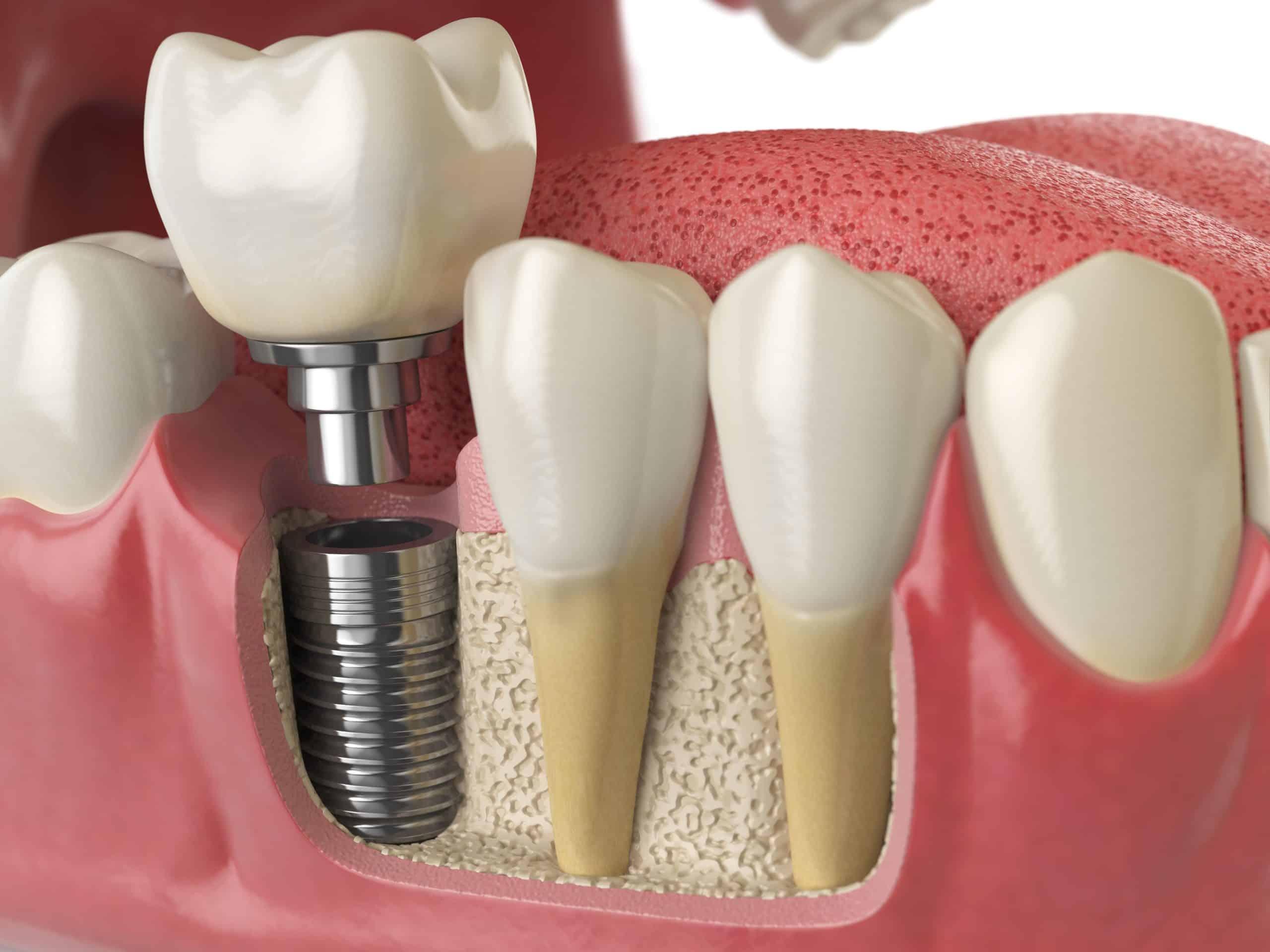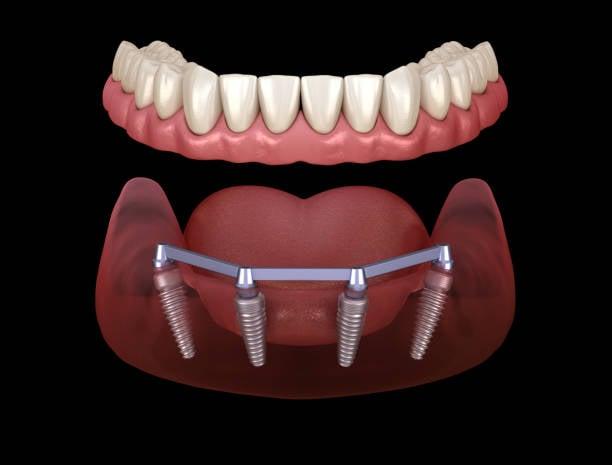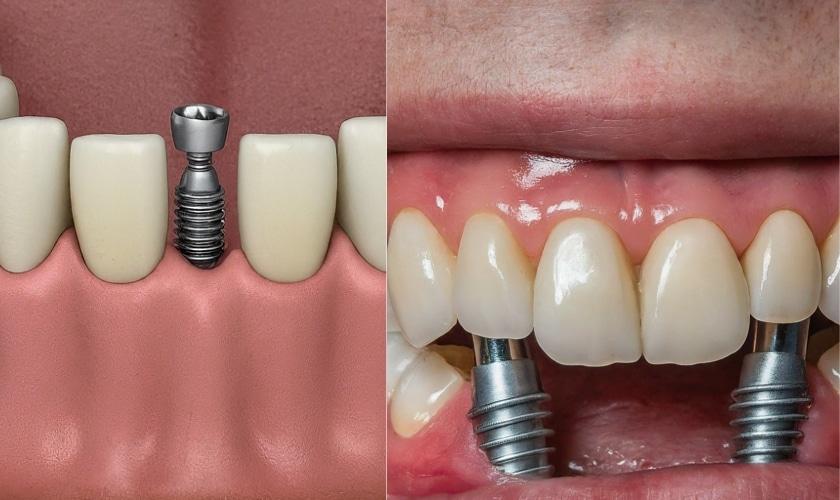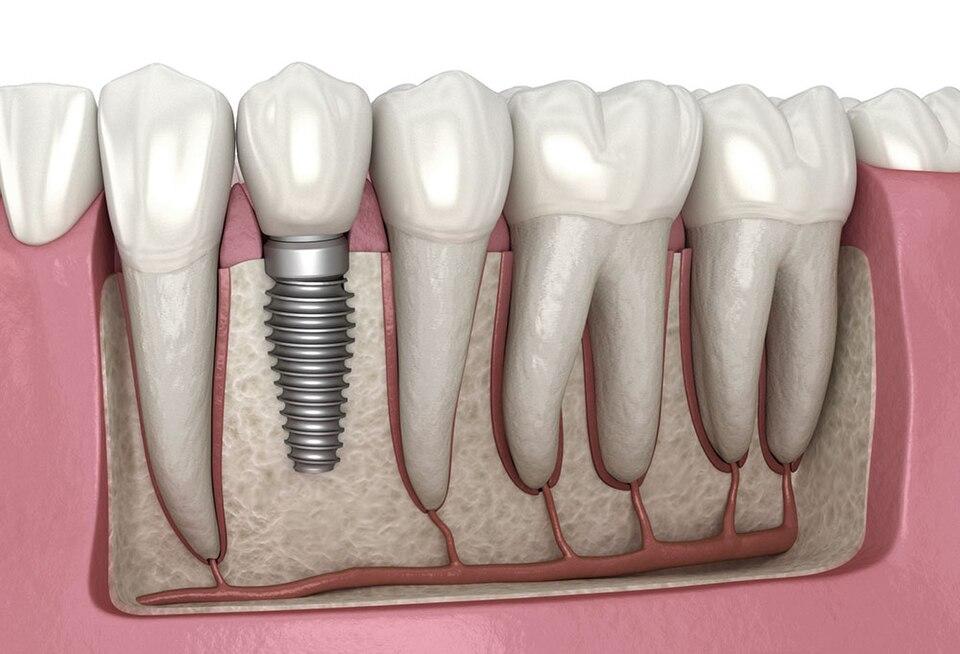Cost of Dental Implants: What You Need to Know
When it comes to restoring your smile, few options offer the durability and aesthetic appeal of dental implants. However, with this transformative procedure comes an equally transformative price tag. Navigating the world of dental implants can feel daunting, especially when it comes to understanding the costs involved. From initial consultations and diagnostic imaging to the surgical procedure itself and post-operative care, the financial landscape is complex and often overwhelming. In this article, we will demystify the costs associated with dental implants, helping you to make informed decisions about your oral health and aesthetic goals. Whether you’re contemplating implants for the first time or seeking clarity on your options,join us as we explore the essential details you need to know before investing in your smile.
Understanding the factors that Influence Dental Implant Costs
When considering the costs associated with dental implants, several factors come into play that can considerably effect the overall price.One of the primary factors is the type of implant used. There are various types of implants, including endosteal and subperiosteal, each differing in suitability and cost. Additionally, the materials used, such as titanium or zirconium, can influence the price. The choice of implant can hinge on the patient’s unique dental anatomy and personal preferences.
The expertise of the dental professional performing the procedure is another critical factor. Highly skilled and experienced dentists or oral surgeons typically charge more for their services,reflecting their proficiency and the quality of care they provide. Geographic location also plays a role, as dental implant prices can vary considerably from one area to another. In larger cities, for instance, you may find higher costs due to increased demand and overhead expenses.
Other factors that can impact the overall cost of dental implants include the need for preliminary procedures such as bone grafting or sinus lifting. If a patient has insufficient bone density to support an implant, additional treatments might potentially be necessary, adding to the total expense. Furthermore, patients should consider the long-term care costs associated with dental implants, including maintenance visits and potential complications. Below is a simplified comparison of some key elements that affect implant costs:
| Factor | Impact on Cost |
|---|---|
| Type of Implant | Varies significantly |
| Dental professional’s Expertise | Higher fees for specialists |
| Geographic Location | Regional price differences |
| Preliminary Procedures | Increases overall cost |

Comparing the Price of Dental Implants Across Different Providers
When exploring the cost of dental implants, it’s crucial to recognize that pricing can vary significantly based on several factors, including location, the provider’s expertise, and the type of materials used. Dental practices may adjust their fees based on local market rates, leading to substantial differences even in neighboring towns. For example, urban centers often have higher costs due to increased overhead expenses, while rural clinics may offer more competitive pricing to attract patients.
Additionally, the experience and qualifications of the dental surgeon can influence the overall price. Specialists with extensive training in implantology may charge more for their services than general dentists. This cost often reflects their advanced skill set and higher success rates. Moreover, consider the type of implant system being used, as premium materials designed for durability and aesthetics can raise the price. Here’s a brief overview of potential costs from various providers:
| Provider Type | Average Cost (per implant) | Additional Considerations |
|---|---|---|
| General Dentist | $1,000 - $3,000 | Typically charged lower than specialists, but with varying success rates. |
| Oral Surgeon | $2,000 – $4,500 | Specialized skills may justify higher costs; frequently enough provides extensive surgical options. |
| Dental Implant Center | $1,500 – $3,500 | Often offers competitive pricing due to volume; may include additional services. |
Lastly, while cost is certainly a primary concern, it’s essential to weigh the value of quality care. Cheaper alternatives may seem appealing, but they might not always guarantee the best outcomes. As patients seek affordable options, they should consider comprehensive services, long-term warranty options on implants, and the provider’s track record.taking the time to compare prices against thes quality indicators will lead to a more informed decision.

Exploring Financing Options and Insurance Coverage for Dental Implants
When considering dental implants,it’s essential to explore various financing options that can definitely help ease the burden of costs. Many dental offices offer in-house financing plans, where you can pay for your treatment in monthly installments rather than a lump sum. This flexibility can make dental implants more accessible. Additionally,dental credit cards specifically designed for medical expenses may be an option worth exploring,allowing you to manage your payments over time while possibly taking advantage of promotional interest rates.
Insurance coverage for dental implants varies significantly between providers and plans. While some conventional dental insurance policies may not cover implants at all, others could reimburse a portion of the costs if deemed necessary for your oral health. It’s crucial to review your specific plan’s terms closely. Here are a few points to consider when checking your insurance policy:
- Eligibility: Determine if dental implants are considered medically necessary under your plan.
- Coverage Limits: Check if there’s a cap on reimbursement for dental services each year.
- Pre-authorization: Some policies may require pre-approval to ensure coverage.
To navigate the financial landscape effectively, understanding the cost breakdown of dental implants can be beneficial. Below is a simple table illustrating common expenses associated with the procedure:
| Item | Estimated Cost |
|---|---|
| initial Consultation | $100 – $300 |
| Implant Surgery | $1,500 – $3,000 |
| Aesthetics (Crown) | $800 - $2,500 |
| Bone Grafting (if needed) | $300 - $800 |
By researching your financing options and understanding your insurance coverage, you can make informed decisions regarding dental implants, ensuring that you receive the necessary care without undue financial strain.

Evaluating the long-term Value of Investing in Dental Implants
Investing in dental implants is often viewed as a significant financial commitment, but it’s essential to recognize their long-term benefits. Unlike traditional dentures or bridges, which may require frequent adjustments or replacements, dental implants are designed to be a permanent solution. This longevity can lead to substantial savings over time, as you may avoid repeated costs of replacement treatments. Moreover, dental implants can prevent bone loss in the jaw, which is a common result of tooth loss, helping to maintain facial structure and overall oral health.
When evaluating the value of dental implants, it’s crucial to consider the enhanced quality of life they provide. Patients with implants often experience improved functionality when it comes to chewing and speaking, which can significantly affect daily activities and social interactions. The confidence boost from a completed smile can drive both personal and professional opportunities. By investing in their appearance and comfort, individuals often find that the benefits extend far beyond their dental health.
| Aspect | Dental Implants | Traditional Solutions |
|---|---|---|
| Durability | Long-lasting (10+ years) | Short-term (5-10 years) |
| Maintenance | Low (similar to natural teeth) | High (frequent adjustments) |
| Bone Preservation | Yes | No |
| Comfort Level | High | Variable |
Closing Remarks
In the journey towards reclaiming your smile, dental implants stand as a beacon of possibility, offering both functionality and aesthetic appeal. As we’ve explored, understanding the cost of these transformative solutions is crucial in making informed decisions about your oral health. The investment in dental implants goes beyond mere dollars and cents; it encapsulates the value of confidence,quality of life,and long-term wellness.
As you weigh your options, remember that costs can vary based on a multitude of factors including location, technology, and personal dental needs. It’s essential to consult with dental professionals,ask questions,and consider financing options tailored to your budget.
While the path to dental implants may seem daunting from a financial outlook, the benefits—ranging from improved chewing ability to enhanced self-esteem—are frequently enough well worth it. Your smile is a vital part of your identity, and by understanding the costs associated, you’re taking a significant step toward making that smile last a lifetime.Whatever your decision, may it lead you closer to the vibrant smile you deserve.
